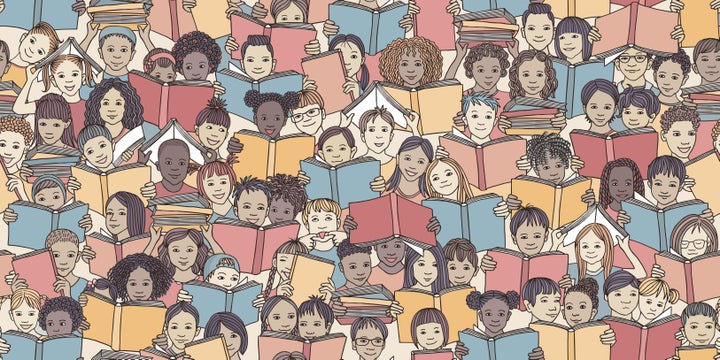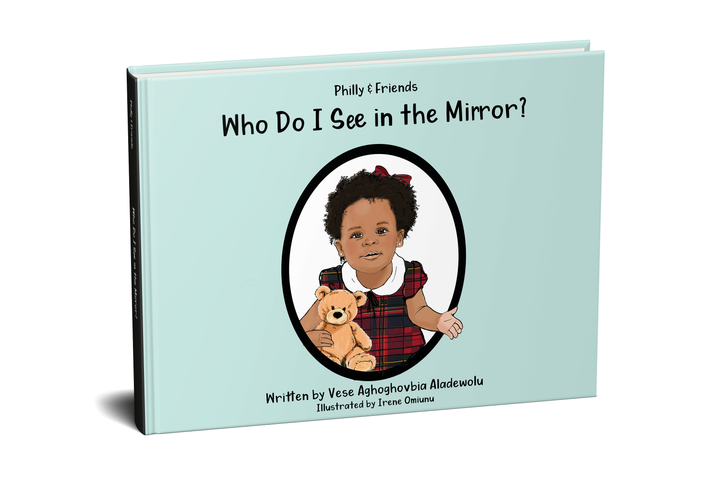
We’re here to guide you through the coronavirus pandemic. Sign up to the Life newsletter for daily tips, advice and perspectives.
I am heartbroken by what’s happening in the world right now. Looking at it all, particularly the messages of the #BlackLivesMatter movement, it’s hard not to wonder what went wrong? What is the missing piece? How can we solve it?Honestly, I don’t believe there’s one way to heal our world, but I do think there are little actions we can all take individually to make a collective difference.
If we search inside, I’m sure most of us will admit that a big part of who we are was formed early on. We shape our belief systems primarily from our place of primary care and I believe the absence of an introduction to diversity in the home plays a huge role in how we see ourselves and how we see others. The foundation of our worldview stems from our background – home, school, community and environment – and our levels (or lack) of confidence, kindness, and tolerance result from what is instilled in us from the very beginning.
It was when I had my daughter in 2017 that the lack of diversity in kids’ books and toys became glaringly obvious. There were simply not that many quality books that featured children who looked like her – even fewer where the lead character did. This bugged me, not just for my daughter but also for children of different races. If their books aren’t diverse, how do they embrace diversity?
Research says that by the age of two, children use race to reason about people’s behaviour. By the age of two and a half, most children use race to choose playmates. Racial prejudice is formed as early as five-years-old. This is astounding, but only goes to highlight the role that family life has to play in the fight for tolerance and acceptance. It shows the importance of introducing diversity in the home as early as possible.
It also emphasises that colour blindness is not the answer.

I didn’t want my daughter growing up in a world where she didn’t think she mattered, so I started my own children’s brand, Philly & Friends – inspired by her nickname – and published my first children’s book, Who Do I See in the Mirror? I wanted to give my daughter and kids like her the gift of representation.
The books children read expose their minds to other worlds and possibilities. The adults we become are highly dependent on what we were exposed to as children. So, our children need to see themselves and others represented in the books they read, the toys they play with, and the media they consume. All these things have the potential to open kids’ minds and make them believe the opportunities before them and others are endless – regardless of what they look like.
As Nelson Mandela said: “No one is born hating another person because of the colour of his skin, or his background, or his religion. People must learn to hate, and if they can learn to hate, they can be taught to love, for love comes more naturally to the human heart than its opposite.”
We must do right by the next generation. You believe what you see, and you become what you believe. If you don’t see yourself represented, it leaves a subconscious belief you aren’t good enough. If you don’t see others represented, it leaves little room for love and acceptance.
I love receiving messages from parents about the impact of Philly & Friends and my book. This one really hit home: “Love your book. I just bought it for my 4-year-old. A girl at her school said she didn’t want to play with her because she doesn’t like her brown skin. My daughter came home saying she doesn’t like her brown skin, (she has never said this before) but since reading her your book, plus reinforcing how amazing she is, she is back to loving all of herself.”
That little girl is not alone. Hers is one of many stories of little black girls and boys around the world. We must do better. Diverse books and toys aren’t just for kids from minority ethnic groups. They’re for everyone.
Remember: we either fear, hate or accept what we don’t understand. To break the cycle, we need to teach our kids to celebrate difference. We’re not looking for the absence of colour, but a celebration of the variety of colours. So, I want to challenge you to look through your child’s toy box and bookshelf today – or that of your grandchild, niece, nephew or student – and ask yourself: is it diverse?
8 ways to incorporate diversity into your family routines
1) Make your children’s library diverse. Display a sea of colours.
2) Buy a wide range of toys for them. Their doll or action figure collection should include a variety of hues.
3) Introduce them to different cultures. You don’t have to be black to learn about Black history – we all learn European and American History at school.
4) Watch diverse TV shows. What characters are in the show? How are they portrayed? We don’t want children only see black kids portrayed as poor and hungry – the reality is so different.
5) Talk to them about race – it is not a dirty topic; it is a fact of life. Teach them about acceptance and tolerance. Teach them that we are all equal.
6) As a parent, carer or family member, acknowledge your own privilege and challenge your subconscious biases and stereotypes.
7) Educate yourself. There’s so much information out there.
8) Follow a diverse range of accounts on social media that promote diversity.
Who Do I See in the Mirror? (£10) by Vese Aghoghovbia-Aladewolu and illustrated by Irene Omiunu is available to buy from Philly & Friends here.